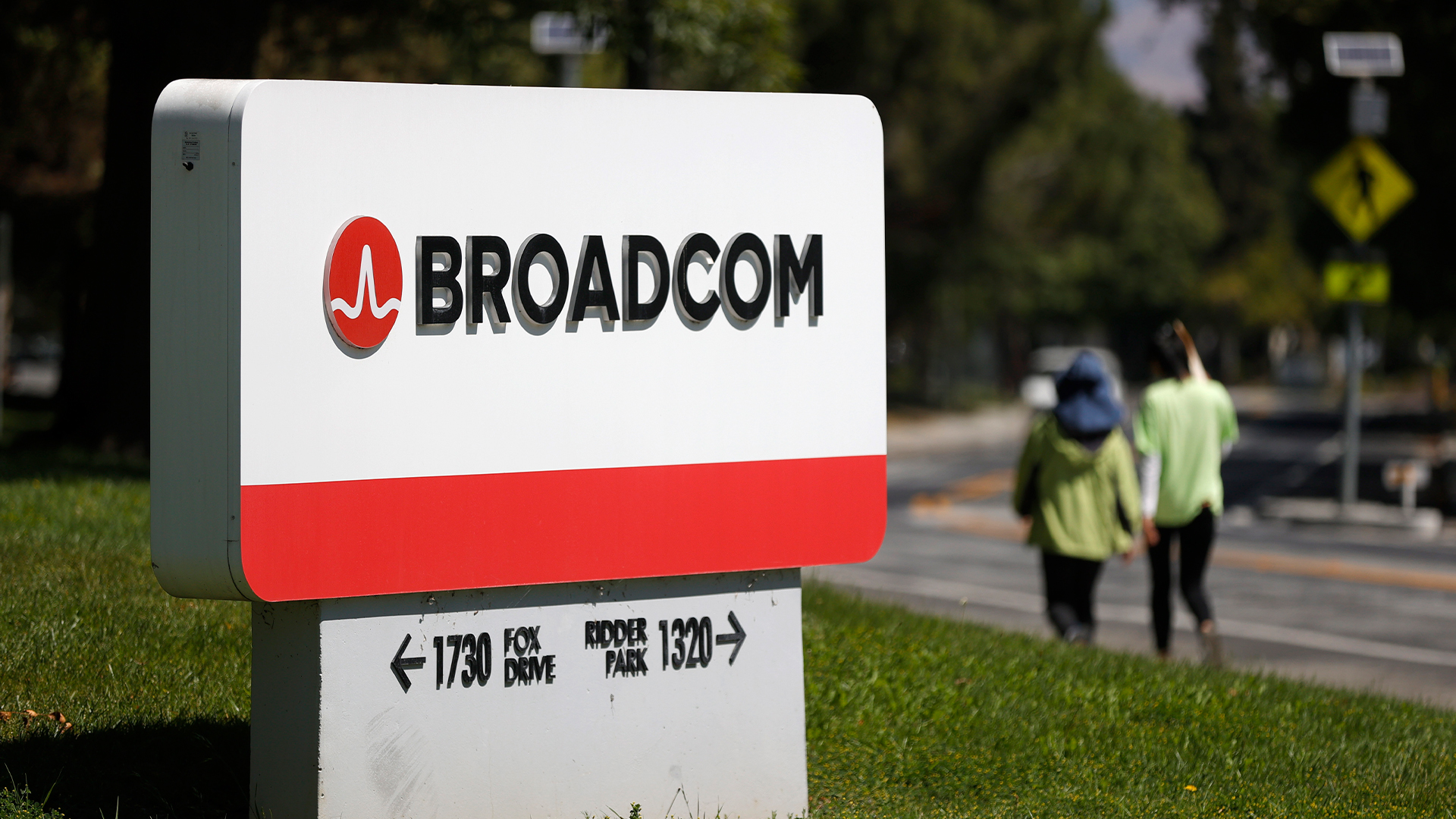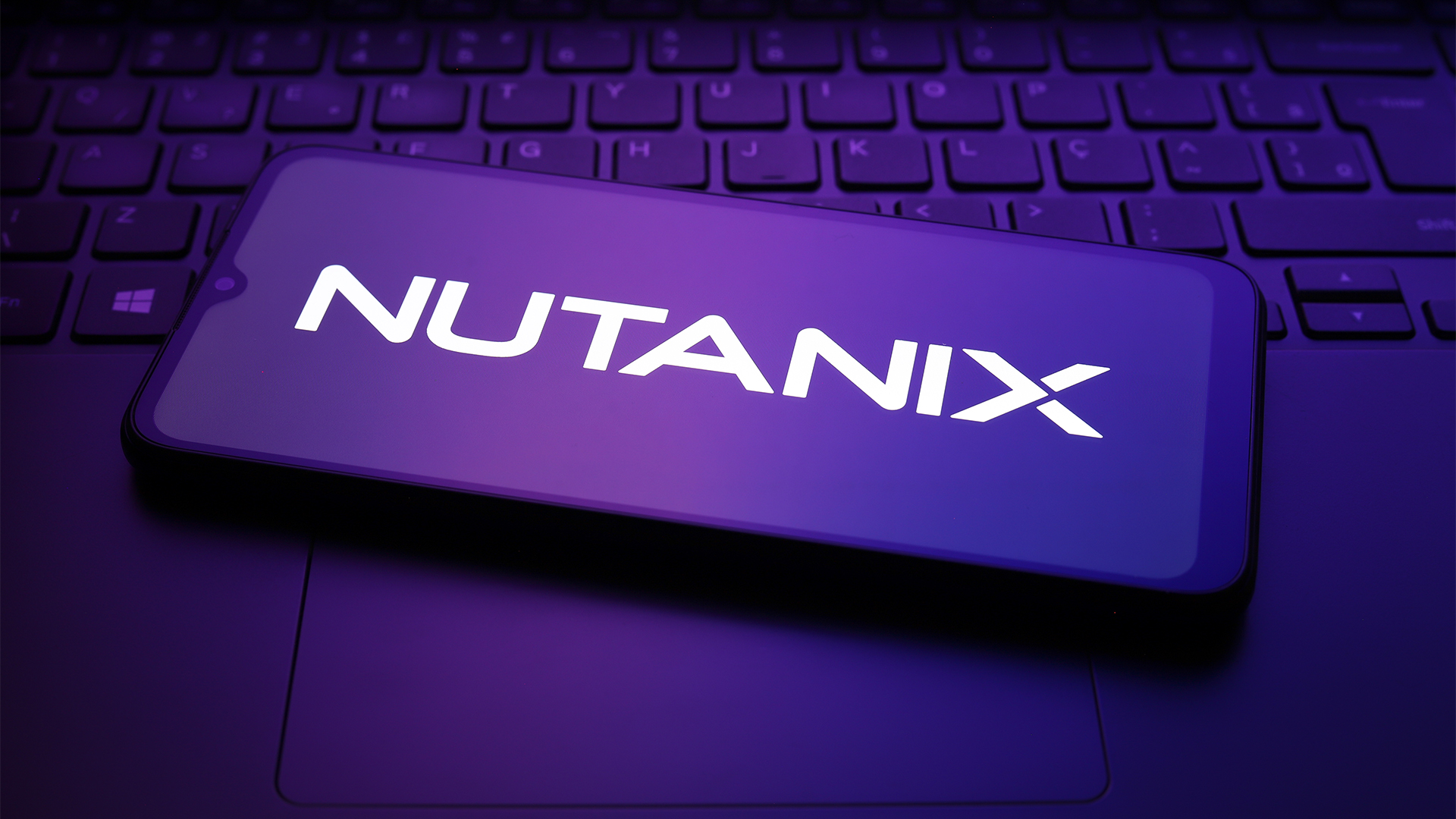Promise SmartStor NS4700 review
Promise's new SmartStor NAS appliance receives a much needed hardware boost. The NS4700 on review is a lot faster than previous models, but Dave Mitchell thinks there’s still work to be done. Read this review to find out why.
Our performance tests show the NS4700 has benefited hugely from the improved hardware as it’s around three times faster than the older NS4600. It has good range of features including some decent backup software, but it’s not the easiest to configure and Promise needs to make big improvements to its documentation. We recommend checking out Synology’s nifty five-bay DS1511+ before buying.

The new hardware in the NS4700 has made a big improvement to performance.
The NS4700 also supports snapshots for point-in-time volume backups and allows data on the appliance to be backed up to external USB disks. Cloud backup is supported too as the web interface has an option for connecting to Amazon's S3 hosted service and you can replicate the appliance to another one using Rsync.
The new hardware in the NS4700 has made a big improvement to performance as it's a lot faster that its SmartStor predecessors. It also has a fine range of storage features and good value with Span Computers selling a diskless model for just over 600 ex VAT.
However, despite being aimed at small businesses, the NS4700 isn't easy to install and we found the documentation very unhelpful. Many topics such as IP SANs get scant coverage and the relationship between disk arrays, logical drives and usage modes need explanation to avoid making time consuming mistakes during installation.
Competition in the SMB NAS market is white hot and we think Synology's slightly cheaper five-bay DS1511+ is a better bet. In an exclusive review in our sister title PC Pro we found it delivered stunning performance and has additional features including hybrid RAID and iSCSI thin provisioning plus monstrous expansion potential.
Verdict
Our performance tests show the NS4700 has benefited hugely from the improved hardware as it’s around three times faster than the older NS4600. It has good range of features including some decent backup software, but it’s not the easiest to configure and Promise needs to make big improvements to its documentation. We recommend checking out Synology’s nifty five-bay DS1511+ before buying.
Sign up today and you will receive a free copy of our Future Focus 2025 report - the leading guidance on AI, cybersecurity and other IT challenges as per 700+ senior executives
Chassis: Desktop CPU: 1.8GHz Intel Atom D525 Memory: 1GB DDR2 Storage: 4 x hot-swap SATA disk bays RAID array support: RAID 0, 1, 5, 6, 10, JBOD Network: 2 x Gigabit Ethernet Other ports: 5 x USB2 Management: Web browser Software: Promise SmartNAVI and Acronis Backup and Recovery 10 NAS Edition
Dave is an IT consultant and freelance journalist specialising in hands-on reviews of computer networking products covering all market sectors from small businesses to enterprises. Founder of Binary Testing Ltd – the UK’s premier independent network testing laboratory - Dave has over 45 years of experience in the IT industry.
Dave has produced many thousands of in-depth business networking product reviews from his lab which have been reproduced globally. Writing for ITPro and its sister title, PC Pro, he covers all areas of business IT infrastructure, including servers, storage, network security, data protection, cloud, infrastructure and services.
-
 CISPE claims European Commission gave Broadcom a ‘blank cheque to raise prices, lock-in, and squeeze customers’ with VMware deal
CISPE claims European Commission gave Broadcom a ‘blank cheque to raise prices, lock-in, and squeeze customers’ with VMware dealNews Cloud providers have issued a formal response to the General Court of the European Union after the Commission defended its approval of the deal
By Emma Woollacott Published
-
 Nutanix wants to help customers shore up cloud sovereignty
Nutanix wants to help customers shore up cloud sovereigntyNews New automation tools and infrastructure management capabilities look to tackle single-vendor dependency and shore up sovereignty requirements
By Ross Kelly Published
-
 The NCSC touts honeypots and ‘cyber deception’ tactics as the key to combating hackers — but they could ‘lead to a false sense of security’
The NCSC touts honeypots and ‘cyber deception’ tactics as the key to combating hackers — but they could ‘lead to a false sense of security’News Trials to test the real-world effectiveness of cyber deception solutions have produced positive results so far
By Emma Woollacott Published
